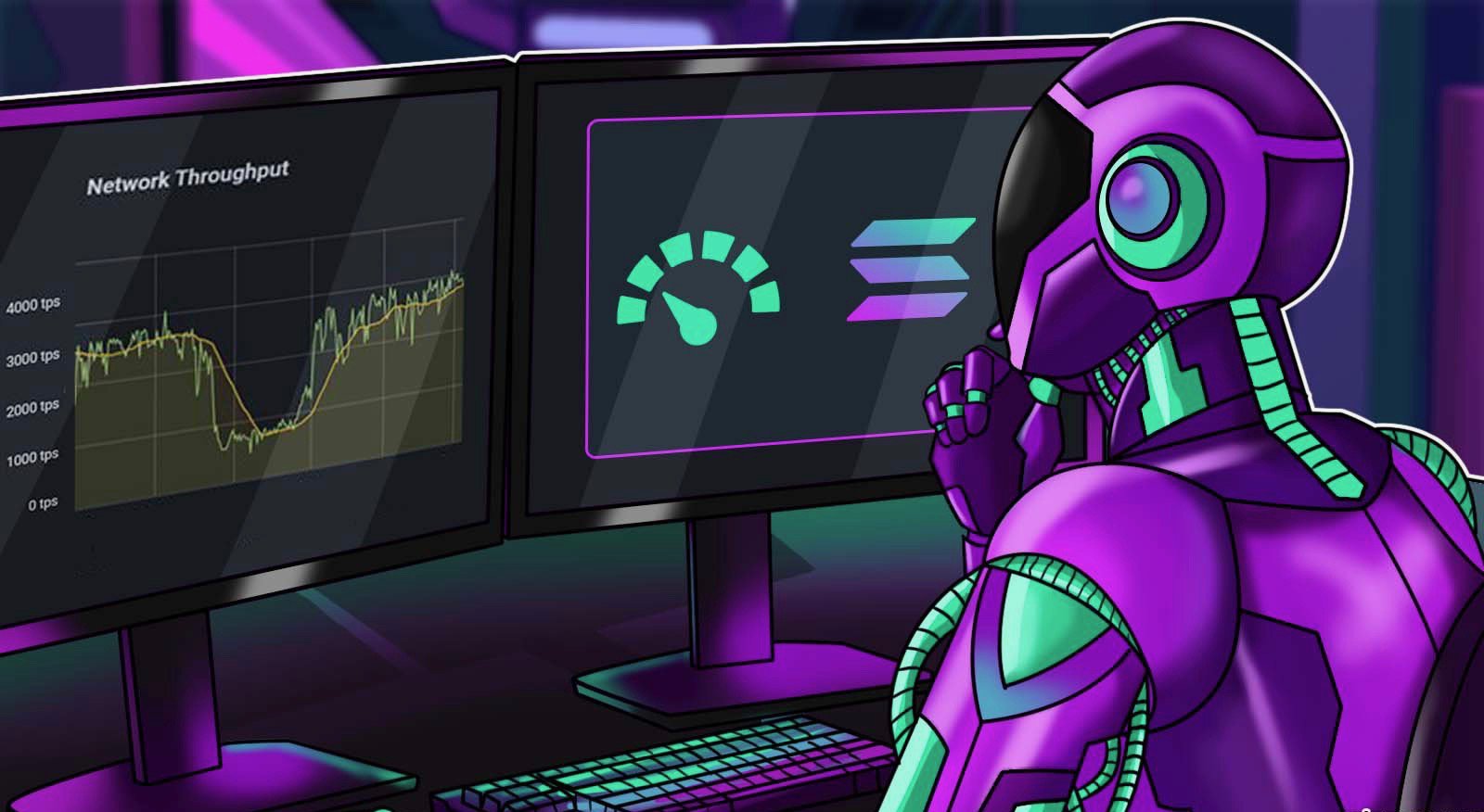
Preface by Silke Brand | Before we appraise the article of Mike from BSC News regarding the latest development in the programming language of Solana lets take a very short look at the “Move programming language”.
Honestly – I hadn`t heard of it before – it is true – we are all here to learn.The Move programming language was created by Meta (formerly called Facebook) for developing customizable transaction logic and smart contracts for the Diem blockchain and the Libra digital currency. It was invented in 2019 for blockchains and other applications where safety and correctness are paramount. It is based on the 2011 created Rust and therefore also allows users to achieve higher throughput with parallel processing. The executable bytecode language is designed to provide safe and verifiable transaction-oriented computation. As an interpreted language, Move’s performance is slower compared to compiled languages. However, the lack of a compiler and compiler bugs makes Move inherently more secure than Solidity, the language used in the Ethereum system. As low-level-languages (LLD) both Move and Rust are harder to learn than for example Solidity, which is a high-level language (HLL). Rust is best known for being the primary programming language of Solana where it helps to achieve throughput that other blockchains can only dream of. For many, it is also a more powerful, versatile language compared to Solidity as it allows developers to manage memory effectively and leverage parallel processing in contrast to the sequential processing of Solidity. If you are interested in more details you can check out the Yield App Labs article on Medium.
Solana devs are working on integrating the Move programming language into its library of compatible codes. Could it help Solana capture some of Aptos’ secret sauce?
Move Language Powers Aptos, Sui, (formerly) Diem
The hottest coin in crypto right now is arguably Aptos, whose claim to fame is being the first Layer-1 blockchain based on Facebook’s Move programming language and scrapped stablecoin project Diem.
Meanwhile, developers on Solana recently reported success in integrating Move into the relatively old-school blockchain. On January 27th 2023, software developer Richard Patel tweeted that devs from Solana Labs Virtual Machine team were able to compile and link Move code into a Solana VM binary file.
Would the addition of Move into Solana’s library of compatible codes provide a boost to the beleaguered but still highly active ecosystem?
😍 @solanalabs' VM team is building a Move compiler for Solana.
— Richard Patel (@fd_ripatel) January 27, 2023
Yesterday, devs were able to compile and link Move code into a Solana VM binary. pic.twitter.com/AwupcshIR6
The progress is evidence that Solana devs have been building throughout rocky economic conditions, at least since early September 2022 as also the following tweet from that month shows.
.@Solana adding Move support.
— ◢ J◎e McCann (@joemccann) September 3, 2022
Probably a year away, maybe less, but exciting nonetheless. https://t.co/SMmSuqxpf0
What is Solana?
We are quite familar with Solana, however lets take a look at Patricks description of the Layer 1 blockchain Solana:
“Solana is a public, open-source blockchain that allows for smart contracts, non-fungible tokens (NFTs), and various decentralized applications (dApps). The SOL token, which is native to Solana’s blockchain, provides network security through staking as well as a means of transferring value.”
What is Aptos?
Maybe you are not that familiar with Aptos, so lets see how Patrick defines Aptos – also a Layer 1 blockchain. Spoiler alert – he might be a fan of it : ) :
“Aptos is a new, independent project focused on delivering the safest and most production-ready Layer 1 blockchain in the world. The team includes the original creators, researchers, designers, and builders of Diem, the blockchain that was first built to serve this purpose.”

